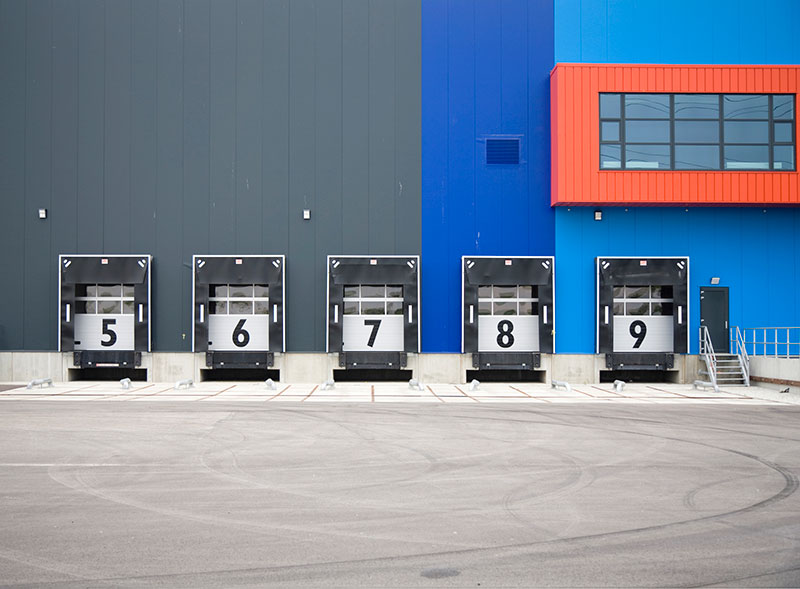As increased allocations toward industrial real estate broaden the buyer pool amongst global and institutional investors, capital continues to flood into the industrial real estate segment. What does a good deal look like in this hot market?
Interest in prime grade industrial properties has never been higher. As of August 2015, industrial completions hit 83.7 million square feet, with spec accounting for nearly 65.0 percent of new development. The high level of spec activity means that the industrial bidding wars are heating up, driven by institutional investors and foreign investors who are pouring capital into the sector in pursuit of high-quality industrial product. As a result, equity funds, regionals REITs, high-net worth individuals and developers have re-adjusted their investment strategies.
So how are we now defining a “high-quality industrial product?” Developers and investors already know that institutional quality occupiers are looking for high ceilings, plenty of loading docks, a multi-state presence across their portfolios, and a significant amount of square footage.
Here are three tips to further maximize the value of an industrial property:
- Getting the Most Product for your Buck: When the goal is to deploy a large amount of capital in one fell swoop, large portfolio acquisitions are often the answer. In response, private investors and equity funds are turning their sights toward regional portfolios, which often consist of five to 10 properties in one state and deliver high yield.
- Package, Sell, Repeat: Institutions prefer multistate portfolios as it provides a means of getting capital out the door, acquiring scale and securing risk-adjusted returns. A strategy being employed by REITs and equity funds is to package together a portfolio of regional properties, sell while valuations are on the rise and use proceeds to gain presence in other markets.
- Location, Location, Location: E-commerce is the top user of industrial real estate and logistics executives are making warehouse location decisions based on several variables such as drayage costs, workforce costs, tax environment, and product time sensitivity. By looking at the largest MSAs (metro statistical areas), JLL has determined that the most visible contrasts in supply chain operating models and costs can be seen at radiuses of 20, 50 and 75+ miles away from the city center (access report here). Where your portfolio “fits” into retailers’ supply chains is a factor in determining the ultimate yield.
Recent investment transactional activity indicates that institutional investors are acquiring assets with average clear heights of 30’-32’, and are interested in anything over 32’ as well. Investors like higher clear heights as it allows tenants to efficiently utilize the cubic volume of a building.
Additionally, investors factor the number of dock doors into underwriting, however investors do not necessarily favor more dock doors, as long as the asset is functionally efficient. As always, cross-dock facilities are more appealing for both tenants and investors, and can add additional value to an investment. In this market, a big box is no longer just a shell in a particular location. The box’s building features and location play into global supply chain trends in a more sophisticated manner than ever before.
 This post is brought to you by JLL, the Social Media and Conference Blog sponsor of NAIOP’s Commercial Real Estate Conference 2015. Learn more about JLL at www.us.jll.com or www.jll.ca.
This post is brought to you by JLL, the Social Media and Conference Blog sponsor of NAIOP’s Commercial Real Estate Conference 2015. Learn more about JLL at www.us.jll.com or www.jll.ca.














